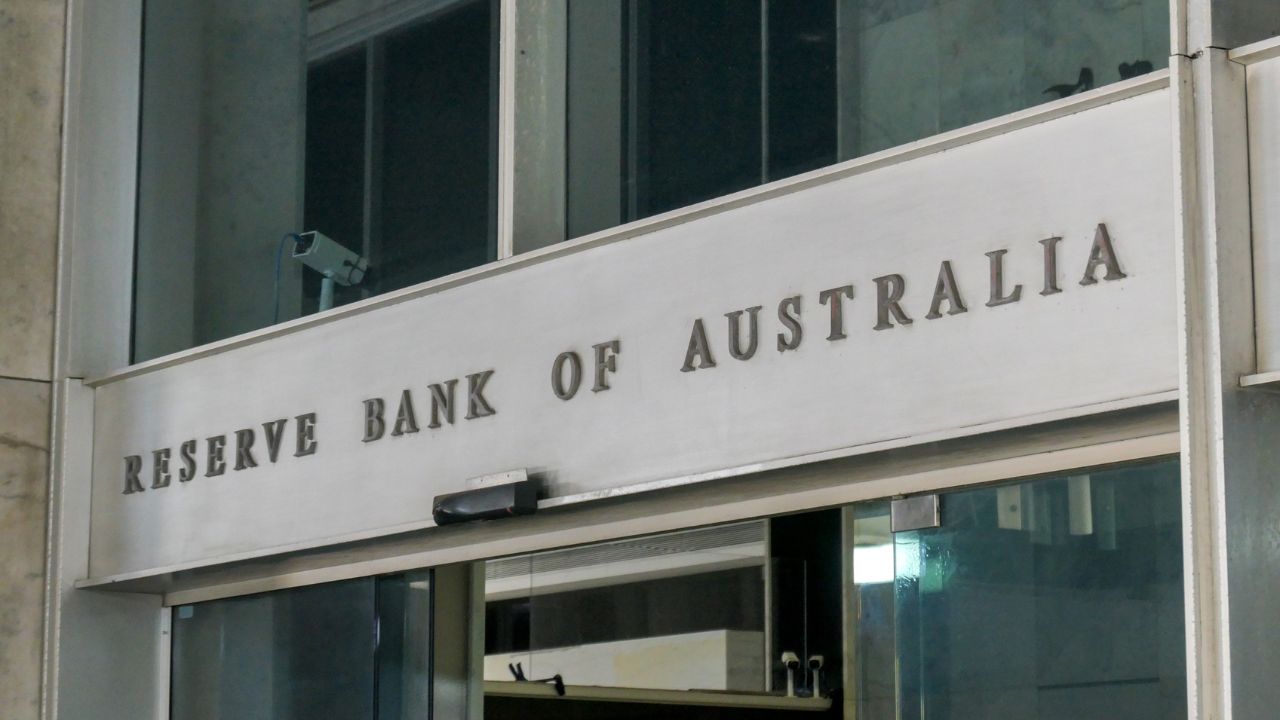According to the Australian Bureau of Statistics (ABS), trimmed mean inflation fell to 2.9 per cent in the March quarter, down from 3.3 per cent in the previous quarter.
This marks the first time since December 2021 that this key inflation measure has been within the RBA’s target band.
Annual headline inflation remained steady at 2.4 per cent compared to the previous quarter, matching the ABS’s monthly indicator for March.
All four major banks are forecasting a cash rate cut on May 20, though they differ on the size of the reduction.
NAB is predicting a double cut that would lower the cash rate to 3.6 per cent, while CBA, Westpac, and ANZ anticipate a standard 0.25 percentage point reduction.
“Core inflation is finally back into the target band after more than three long years,” Sally Tindall, Canstar.com.au data insights director said.
“This is great news for households across the country who have struggled to keep up with the rising cost of living.
The potential rate cut would provide welcome relief for mortgage holders who have endured significant increases in repayments during the recent tightening cycle.
An owner-occupier with a $600,000 loan and 25 years remaining could see their monthly repayments drop by $91 if banks pass on a standard 0.25 percentage point cut in full.
If NAB’s prediction of a double cut materialises, the same borrower could see a $181 reduction in monthly repayments.

Despite inflation now sitting within the target range, the RBA’s decision remains uncertain.
Governor Bullock has described the current cash rate as “mildly restrictive,” suggesting there’s room for one or two cuts before reaching a neutral position.
The trimmed mean inflation measure, which excludes extreme price movements, is considered the RBA’s preferred indicator when making monetary policy decisions.
Its return to the target band represents a significant milestone in Australia’s post-pandemic economic recovery.
The inflation data shows a consistent downward trend over recent quarters, with trimmed mean inflation falling from 4 per cent in June 2024 to 3.6 per cent in September, 3.3 per cent in December, and now 2.9 per cent in March 2025.
“While this doesn’t mean prices for most goods and services are now going down, at least people don’t have to go into shock every time they pull out their wallet,” Ms Tindall said.
She said that while a rate cut appears likely, the outcome remains uncertain.
“The fact that trimmed mean inflation is now sitting in the target band will force the RBA to consider the case for a cash rate cut at its next meeting in May, particularly now services inflation is firmly trending down,” she said.
“However, the outcome of this meeting will be a line-ball call.”
“If the RBA cuts the cash rate in May it would be to give borrowers some additional relief after a long hard slog bearing the brunt of higher rates.”

